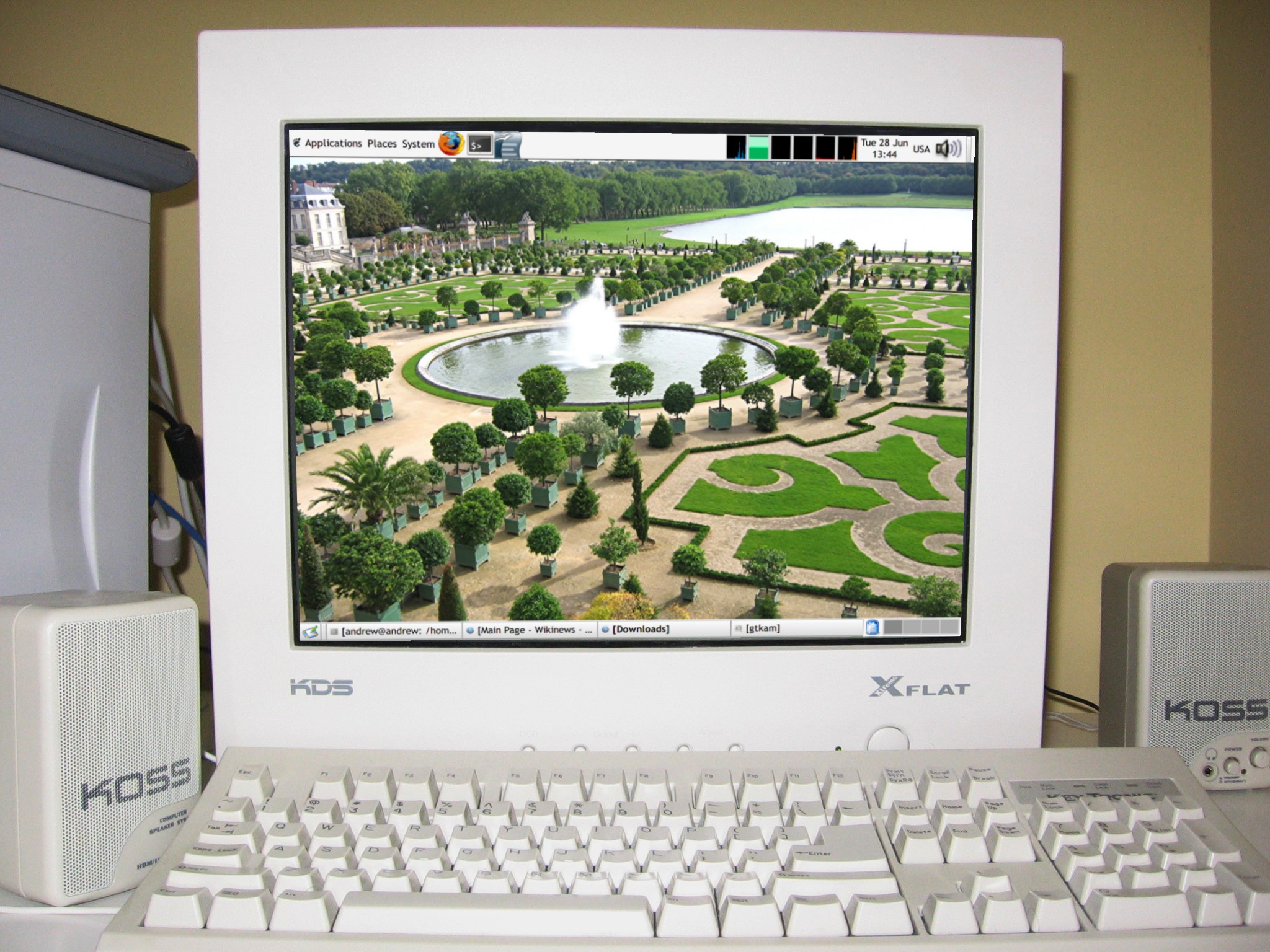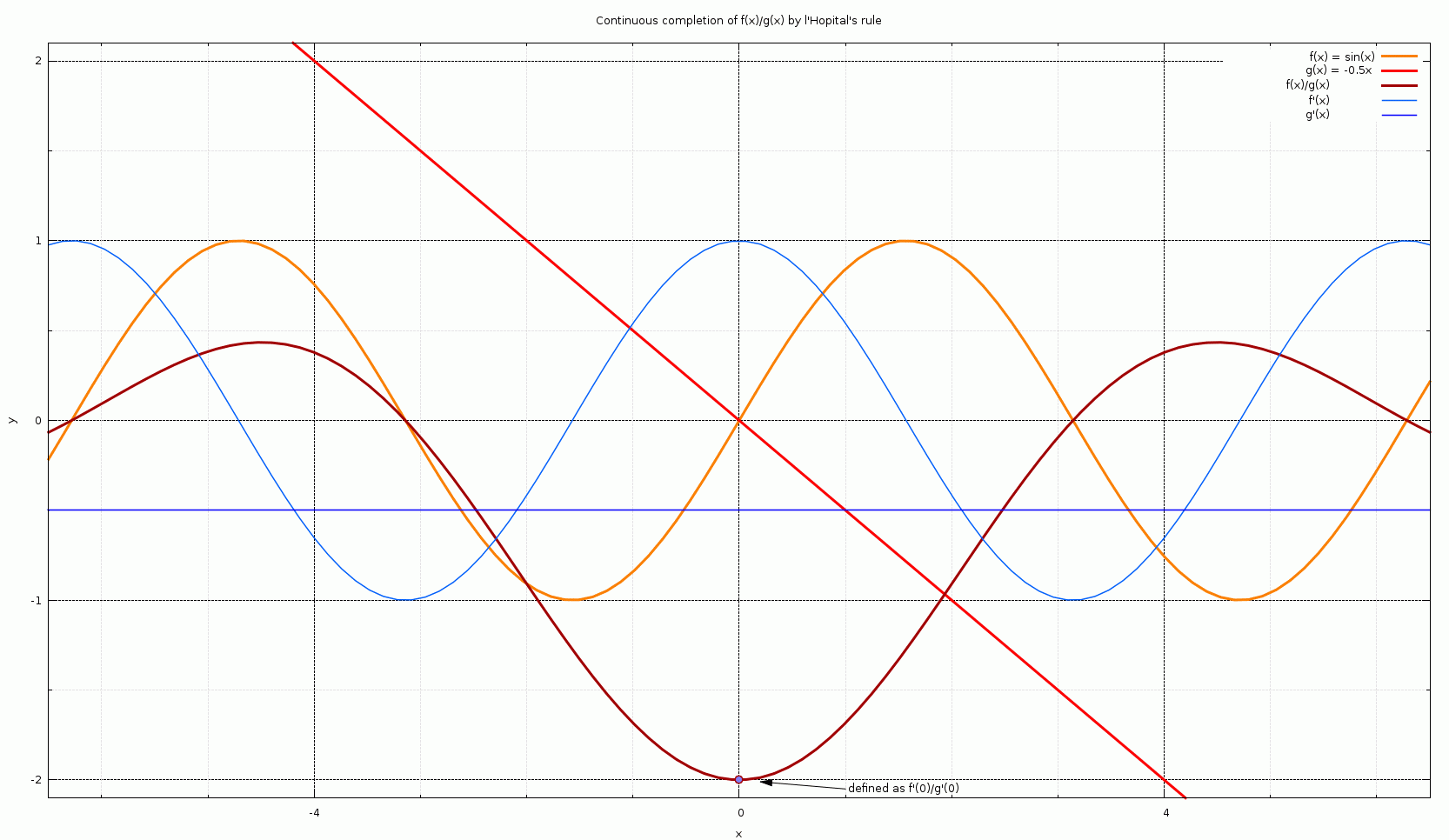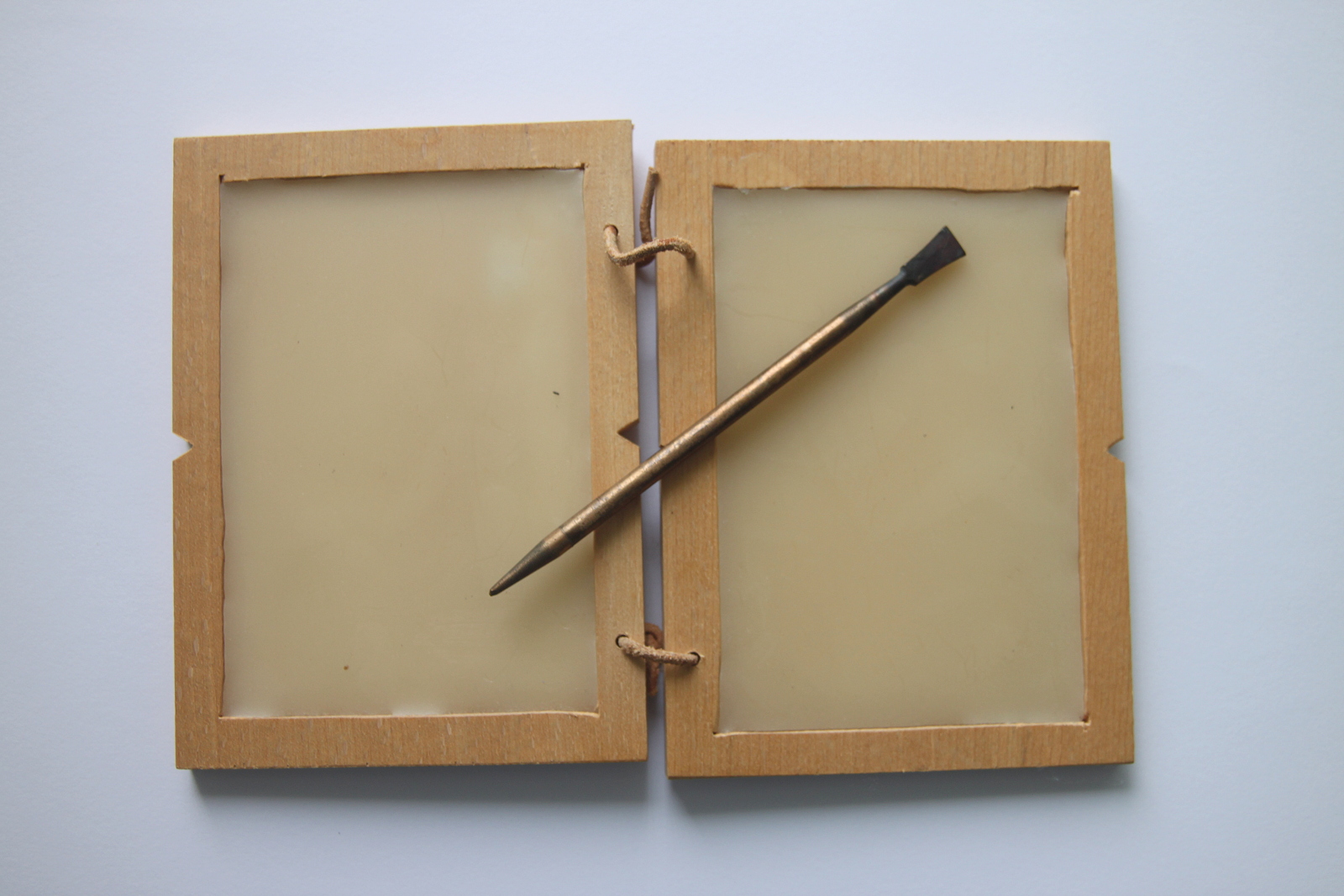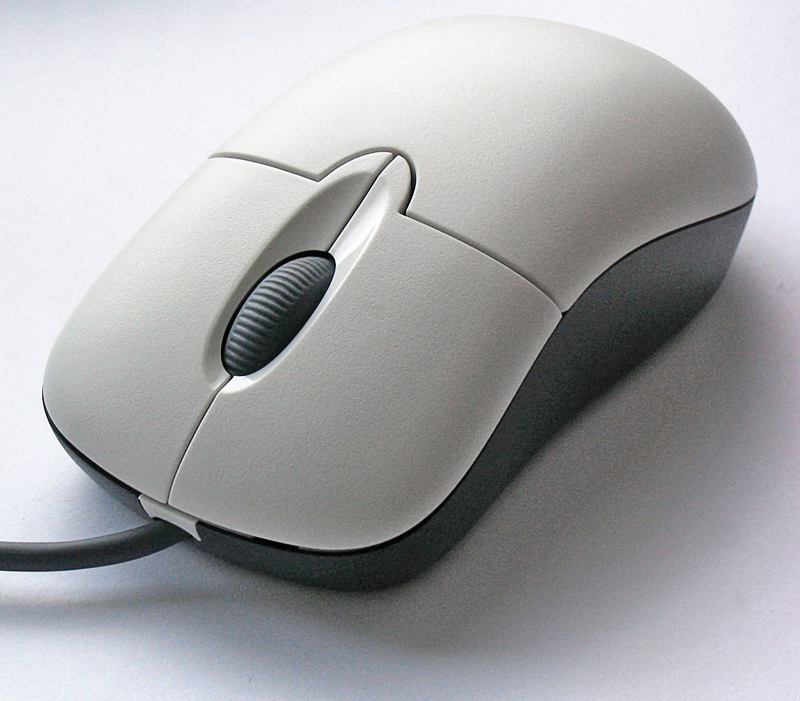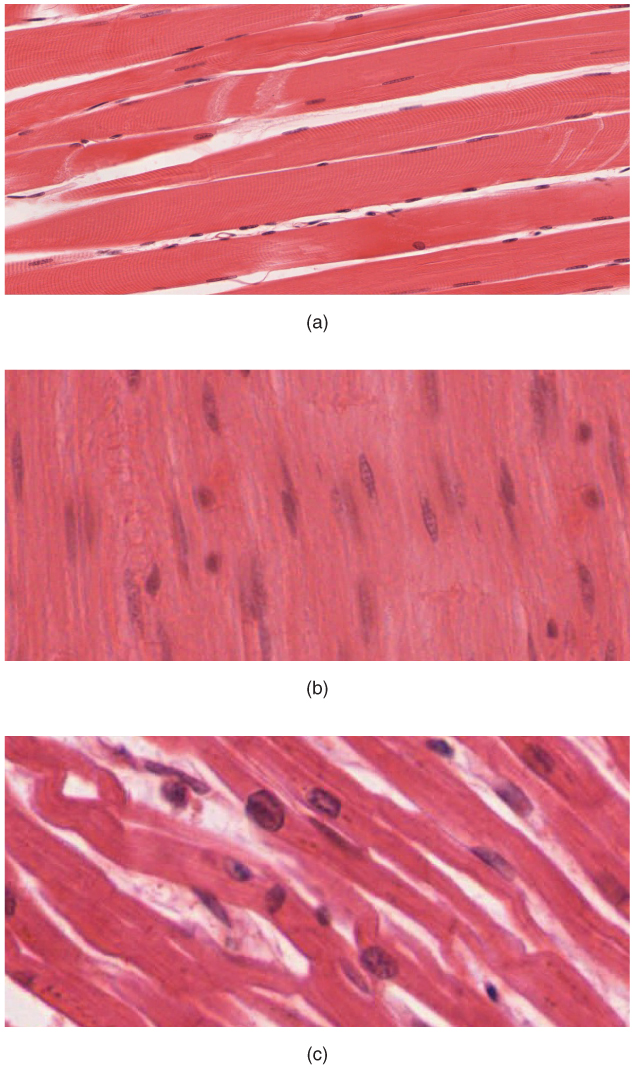|
Steering Law
The steering law in human–computer interaction and ergonomics is a predictive model of human movement that describes the time required to navigate, or ''steer'', through a 2-dimensional tunnel. The tunnel can be thought of as a path or trajectory on a plane that has an associated thickness or width, where the width can vary along the tunnel. The goal of a steering task is to navigate from one end of the tunnel to the other as quickly as possible, without touching the boundaries of the tunnel. A real-world example that approximates this task is driving a car down a road that may have twists and turns, where the car must navigate the road as quickly as possible without touching the sides of the road. The steering law predicts both the instantaneous speed at which we may navigate the tunnel, and the total time required to navigate the entire tunnel. The steering law has been independently discovered and studied three times (Rashevsky, 1959; Drury, 1971; Accot and Zhai, 1997). Its ... [...More Info...] [...Related Items...] OR: [Wikipedia] [Google] [Baidu] |
Human–computer Interaction
Human–computer interaction (HCI) is research in the design and the use of computer technology, which focuses on the interfaces between people (users) and computers. HCI researchers observe the ways humans interact with computers and design technologies that allow humans to interact with computers in novel ways. A device that allows interaction between human being and a computer is known as a "Human-computer Interface (HCI)". As a field of research, human–computer interaction is situated at the intersection of computer science, behavioral sciences, design, media studies, and several other fields of study. The term was popularized by Stuart K. Card, Allen Newell, and Thomas P. Moran in their 1983 book, ''The Psychology of Human–Computer Interaction.'' The first known use was in 1975 by Carlisle. The term is intended to convey that, unlike other tools with specific and limited uses, computers have many uses which often involve an open-ended dialogue between the user and t ... [...More Info...] [...Related Items...] OR: [Wikipedia] [Google] [Baidu] |
Pointing Device
A pointing device is a human interface device that allows a user to input spatial (i.e., continuous and multi-dimensional) data to a computer. CAD systems and graphical user interfaces (GUI) allow the user to control and provide data to the computer using physical gestures by moving a hand-held mouse or similar device across the surface of the physical desktop and activating switches on the mouse. Movements of the pointing device are echoed on the screen by movements of the pointer (or cursor) and other visual changes. Common gestures are point and click and drag and drop. While the most common pointing device by far is the mouse, many more devices have been developed. However, the term ''mouse'' is commonly used as a metaphor for devices that move a computer cursor. Fitts's law can be used to predict the speed with which users can use a pointing device. Classification To classify several pointing devices, a certain number of features can be considered. For example, ... [...More Info...] [...Related Items...] OR: [Wikipedia] [Google] [Baidu] |
Crossing-based Interface
{{short description, Type of graphical user interface Crossing-based interfaces are graphical user interfaces that use crossing gestures instead of, or in complement to, pointing. Where a pointing task involves moving a cursor inside a graphical object and pressing a button, a goal-crossing task involves moving a cursor beyond a boundary of a targeted graphical object to trigger an effect. Goal-crossing tasks Goal crossing has been little investigated, despite sometimes being used on today's interfaces (e.g., mouse-over effects, hierarchical menus navigation, auto-retractable taskbars and hot corners). Still, several advantages of crossing over pointing have been identified: * Elongated objects such as hyperlinks are faster to cross than to point. * Several objects can be crossed at the same time within the same gesture. * Crossing allows triggering actions when buttons are not available (e.g., while an object is being dragged). * Crossing-based widgets can be designed to be ... [...More Info...] [...Related Items...] OR: [Wikipedia] [Google] [Baidu] |
Integral
In mathematics Mathematics is an area of knowledge that includes the topics of numbers, formulas and related structures, shapes and the spaces in which they are contained, and quantities and their changes. These topics are represented in modern mathematics ..., an integral assigns numbers to functions in a way that describes Displacement (geometry), displacement, area, volume, and other concepts that arise by combining infinitesimal data. The process of finding integrals is called integration. Along with Derivative, differentiation, integration is a fundamental, essential operation of calculus,Integral calculus is a very well established mathematical discipline for which there are many sources. See and , for example. and serves as a tool to solve problems in mathematics and physics involving the area of an arbitrary shape, the length of a curve, and the volume of a solid, among others. The integrals enumerated here are those termed definite integrals, which can be int ... [...More Info...] [...Related Items...] OR: [Wikipedia] [Google] [Baidu] |
L'Hôpital's Rule
In calculus, l'Hôpital's rule or l'Hospital's rule (, , ), also known as Bernoulli's rule, is a theorem which provides a technique to evaluate limits of indeterminate forms. Application (or repeated application) of the rule often converts an indeterminate form to an expression that can be easily evaluated by substitution. The rule is named after the 17th-century French mathematician Guillaume de l'Hôpital. Although the rule is often attributed to l'Hôpital, the theorem was first introduced to him in 1694 by the Swiss mathematician Johann Bernoulli. L'Hôpital's rule states that for functions and which are differentiable on an open interval except possibly at a point contained in , if \lim_f(x)=\lim_g(x)=0 \text \pm\infty, and g'(x)\ne 0 for all in with , and \lim_\frac exists, then :\lim_\frac = \lim_\frac. The differentiation of the numerator and denominator often simplifies the quotient or converts it to a limit that can be evaluated directly. History Guillaume ... [...More Info...] [...Related Items...] OR: [Wikipedia] [Google] [Baidu] |
Menu (computing)
In user interface design, a menu is a list of options or commands presented to the user of a computer or embedded system. A menu may either be a system's entire user interface, or only part of a more complex one. Navigation A user chooses an option from a menu by using an input device. Some input methods require linear navigation: the user must move a cursor or otherwise pass from one menu item to another until reaching the selection. On a computer terminal, a reverse video bar may serve as the cursor. Touch user interfaces and menus that accept codes to select menu options without navigation are two examples of non-linear interfaces. Some of the input devices used in menu interfaces are touchscreens, keyboards, mice, remote controls, and microphones. In a voice-activated system, such as interactive voice response, a microphone sends a recording of the user's voice to a speech recognition system, which translates it to a command. Types of menus A computer using a com ... [...More Info...] [...Related Items...] OR: [Wikipedia] [Google] [Baidu] |
Stylus
A stylus (plural styli or styluses) is a writing utensil or a small tool for some other form of marking or shaping, for example, in pottery. It can also be a computer accessory that is used to assist in navigating or providing more precision when using touchscreens. It usually refers to a narrow elongated staff, similar to a modern ballpoint pen. Many styluses are heavily curved to be held more easily. Another widely used writing tool is the stylus used by blind users in conjunction with the slate for punching out the dots in Braille. Etymology The English word ''stylus'' has two plurals: ''styli'' and ''styluses''. The original Latin word was spelled ; the spelling ''stylus'' arose from an erroneous connection with Greek (), 'pillar'.''Oxford Latin Dictionary'', s.v. "stilus" (2012). The Latin word had several meanings, including "a long, sharply pointed piece of metal; the stem of a plant; a pointed instrument for incising letters; the stylus (as used in literary composi ... [...More Info...] [...Related Items...] OR: [Wikipedia] [Google] [Baidu] |
Computer Mouse
A computer mouse (plural mice, sometimes mouses) is a hand-held pointing device that detects two-dimensional motion relative to a surface. This motion is typically translated into the motion of a pointer on a display, which allows a smooth control of the graphical user interface of a computer. The first public demonstration of a mouse controlling a computer system was in 1968. Mice originally used two separate wheels to track movement across a surface: one in the X-dimension and one in the Y. Later, the standard design shifted to utilize a ball rolling on a surface to detect motion. Most modern mice use optical sensors that have no moving parts. Though originally all mice were connected to a computer by a cable, many modern mice are cordless, relying on short-range radio communication with the connected system. In addition to moving a cursor, computer mice have one or more buttons to allow operations such as the selection of a menu item on a display. Mice often also feature ... [...More Info...] [...Related Items...] OR: [Wikipedia] [Google] [Baidu] |
Human Musculoskeletal System
The human musculoskeletal system (also known as the human locomotor system, and previously the activity system) is an organ system that gives humans the ability to move using their muscular and skeletal systems. The musculoskeletal system provides form, support, stability, and movement to the body. It is made up of the bones of the skeleton, muscles, cartilage, tendons, ligaments, joints, and other connective tissue that supports and binds tissues and organs together. The musculoskeletal system's primary functions include supporting the body, allowing motion, and protecting vital organs. The skeletal portion of the system serves as the main storage system for calcium and phosphorus and contains critical components of the hematopoietic system. This system describes how bones are connected to other bones and muscle fibers via connective tissue such as tendons and ligaments. The bones provide stability to the body. Muscles keep bones in place and also play a role in the movement ... [...More Info...] [...Related Items...] OR: [Wikipedia] [Google] [Baidu] |
Ergonomics
Human factors and ergonomics (commonly referred to as human factors) is the application of psychological and physiological principles to the engineering and design of products, processes, and systems. Four primary goals of human factors learning are to reduce human error, increase productivity, and enhance safety, system availability, and comfort with a specific focus on the interaction between the human and the engineered system. The field is a combination of numerous disciplines, such as psychology, sociology, engineering, biomechanics, industrial design, physiology, anthropometry, interaction design, visual design, user experience, and user interface design. Human factors research employs methods and approaches from these and other knowledge disciplines to study human behavior and generate data relevant to the four primary goals above. In studying and sharing learning on the design of equipment, devices, and processes that fit the human body and its cognitive abilities, t ... [...More Info...] [...Related Items...] OR: [Wikipedia] [Google] [Baidu] |
French Language
French ( or ) is a Romance language of the Indo-European family. It descended from the Vulgar Latin of the Roman Empire, as did all Romance languages. French evolved from Gallo-Romance, the Latin spoken in Gaul, and more specifically in Northern Gaul. Its closest relatives are the other langues d'oïl—languages historically spoken in northern France and in southern Belgium, which French ( Francien) largely supplanted. French was also influenced by native Celtic languages of Northern Roman Gaul like Gallia Belgica and by the ( Germanic) Frankish language of the post-Roman Frankish invaders. Today, owing to France's past overseas expansion, there are numerous French-based creole languages, most notably Haitian Creole. A French-speaking person or nation may be referred to as Francophone in both English and French. French is an official language in 29 countries across multiple continents, most of which are members of the ''Organisation internationale de la Francophonie'' ... [...More Info...] [...Related Items...] OR: [Wikipedia] [Google] [Baidu] |
English Language
English is a West Germanic language of the Indo-European language family, with its earliest forms spoken by the inhabitants of early medieval England. It is named after the Angles, one of the ancient Germanic peoples that migrated to the island of Great Britain. Existing on a dialect continuum with Scots, and then closest related to the Low Saxon and Frisian languages, English is genealogically West Germanic. However, its vocabulary is also distinctively influenced by dialects of France (about 29% of Modern English words) and Latin (also about 29%), plus some grammar and a small amount of core vocabulary influenced by Old Norse (a North Germanic language). Speakers of English are called Anglophones. The earliest forms of English, collectively known as Old English, evolved from a group of West Germanic (Ingvaeonic) dialects brought to Great Britain by Anglo-Saxon settlers in the 5th century and further mutated by Norse-speaking Viking settlers starting in the 8th and 9th ... [...More Info...] [...Related Items...] OR: [Wikipedia] [Google] [Baidu] |
